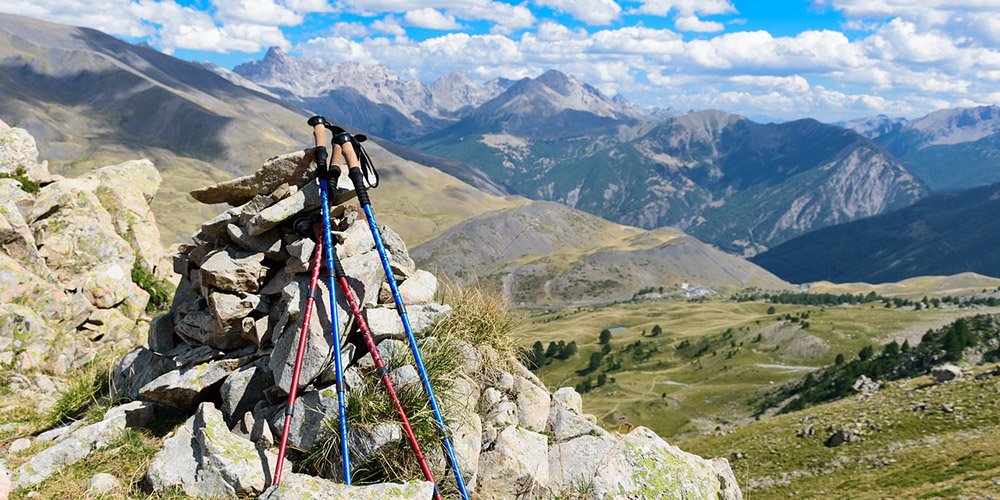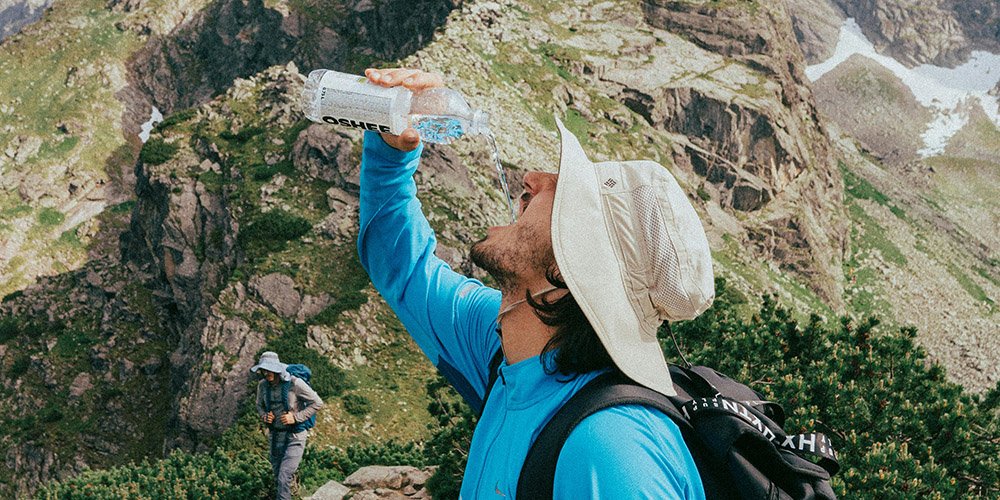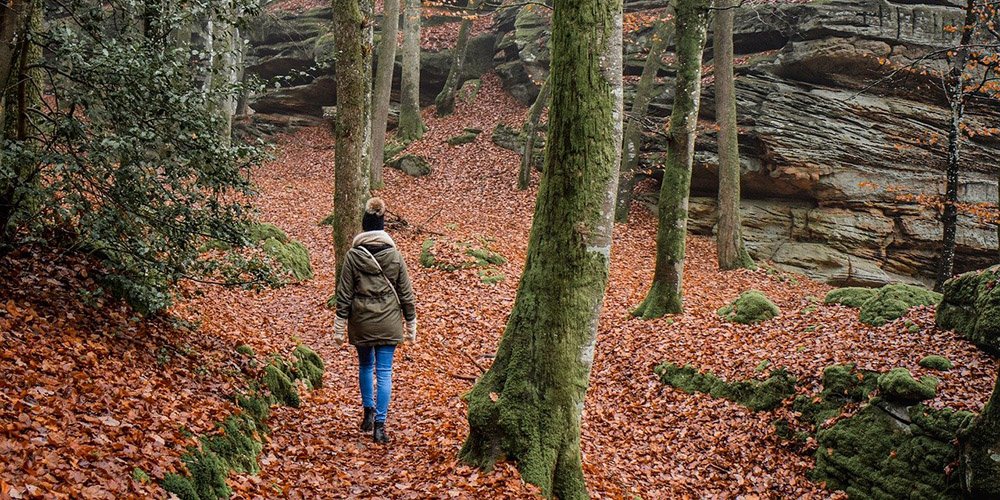Trekking Pole Tips: Finally Use Them Right!
Trekking poles have become an essential tool for hikers and backpackers traversing diverse landscapes. These handy accessories do more than just assist in balancing on uneven terrain—they also provide crucial support for joints, particularly the knees and ankles, reducing strain during both ascents and descents.
By distributing the load more evenly, trekking poles can enhance endurance and reduce fatigue, allowing adventurers to tackle more challenging trails with increased confidence and safety.
Choosing the Right Trekking Poles
Selecting the appropriate trekking poles is critical to maximizing your hiking experience. Here are key factors to consider:
- Material: Trekking poles are primarily made from aluminum or carbon fiber. Aluminum poles are durable and less expensive but heavier, making them a good choice for rugged terrain. Carbon fiber poles are lighter and absorb shock better but can be more brittle and expensive, ideal for regular hikers looking to minimize weight.
- Weight and Durability: Lighter poles reduce arm fatigue, but durability should not be compromised. Assess the conditions you plan to encounter most frequently and choose poles that balance these two aspects effectively.
- Adjustability: Adjustable poles offer versatility for different trail conditions and personal height needs. Look for poles that are easy to adjust and lock securely during use.
Also read: Must-Have Winter Hiking Gear for a Great and Safe Experience
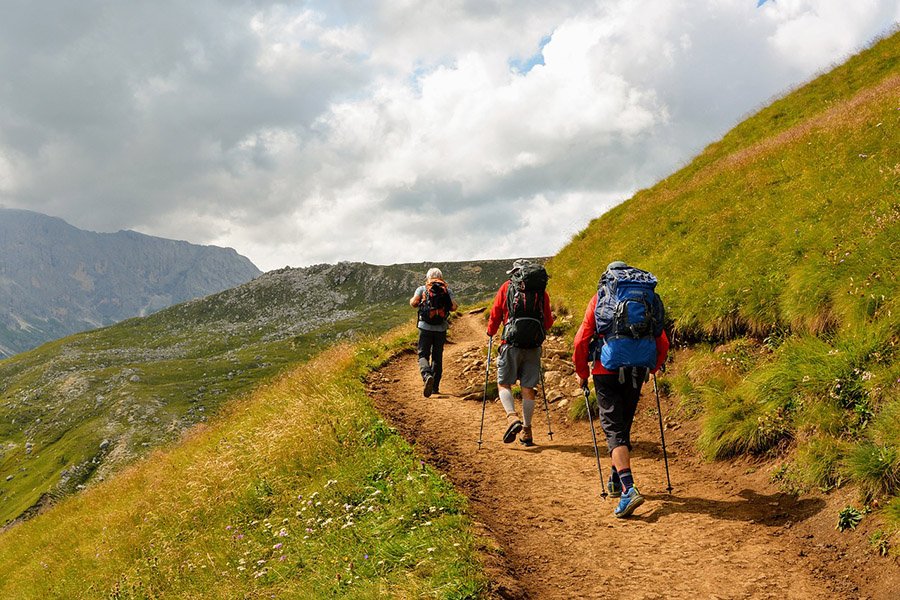
Essential Features of Trekking Poles
To optimize your trekking experience, consider the following features in trekking poles:
- Shock Absorption: Some poles come with a shock-absorbing feature, which can be particularly beneficial on downhill sections to reduce impact on joints. However, this feature can add weight to the poles and may not be necessary for all hikers.
- Locking Mechanisms: Reliable locking mechanisms are crucial to ensure the poles maintain your desired length. Common types include twist locks and lever locks—lever locks being quicker and easier to adjust while wearing gloves.
- Pole Tips: The choice of tip—rubber, carbide, or steel—depends on the terrain. Rubber tips are good for hard, smooth surfaces; carbide or steel tips offer better grip on ice and rocky terrain.
- Conditions and Preferences: Consider where you’ll be hiking—different baskets can be attached for mud, snow, or rocky conditions. Choose features that match your primary hiking environments and personal preferences for comfort and utility.
Proper Usage of Trekking Poles
Using trekking poles effectively requires proper adjustment and technique. Here’s how to get the most out of your poles:
Setting the Correct Height
- Standing Adjustment: While standing, adjust the pole so that when the tip is on the ground, your elbow makes a 90-degree angle. This is a good starting point that provides balance between power and comfort.
- Terrain Adjustments: For uphill walking, shorten the poles slightly to maintain stability and control as you lean forward. For downhill, lengthen them to reach the ground comfortably without over-bending your arm, which helps in reducing the load on your knees.
Correct Posture and Grip
- Grip: Hold the handle of the pole with a relaxed grip, keeping your wrist in a neutral position. Most trekking poles come with a strapped grip which you can adjust to secure around your wrist. This helps in reducing hand fatigue as it allows you to use your arm and shoulder muscles more effectively.
- Posture: Keep your back straight and avoid leaning too far forward or backward. The poles should feel like a natural extension of your arms as you walk.
- Walking Technique: Use the poles in an alternating pattern with your legs, which means if you step forward with your left foot, the right pole should come forward, and vice versa. This “opposite arm, opposite leg” technique enhances balance and propulsion.
Maintenance and Care of Trekking Poles
To ensure your trekking poles last through many adventures, regular maintenance is key:
Routine Maintenance
- Cleaning: After each use, especially if you’ve been trekking through mud or sand, disassemble the poles and clean each segment with warm water and a mild detergent. Avoid using harsh chemicals as they can damage the material.
- Drying: Before reassembling or storing, ensure all parts are completely dry to prevent rust or corrosion. Do not store them in damp conditions.
Replacing Worn Parts
- Tips and Baskets: Check the tips and baskets of your poles regularly for wear. Replace them when they show significant wear or damage to ensure you always have maximum traction and stability.
- Storage: When not in use, store the poles in a cool, dry place. Fully retract adjustable poles to relieve tension on the internal springs or locking mechanisms.
Also read: Best Hiking Dogs: Top 10 Breeds and Useful Tips
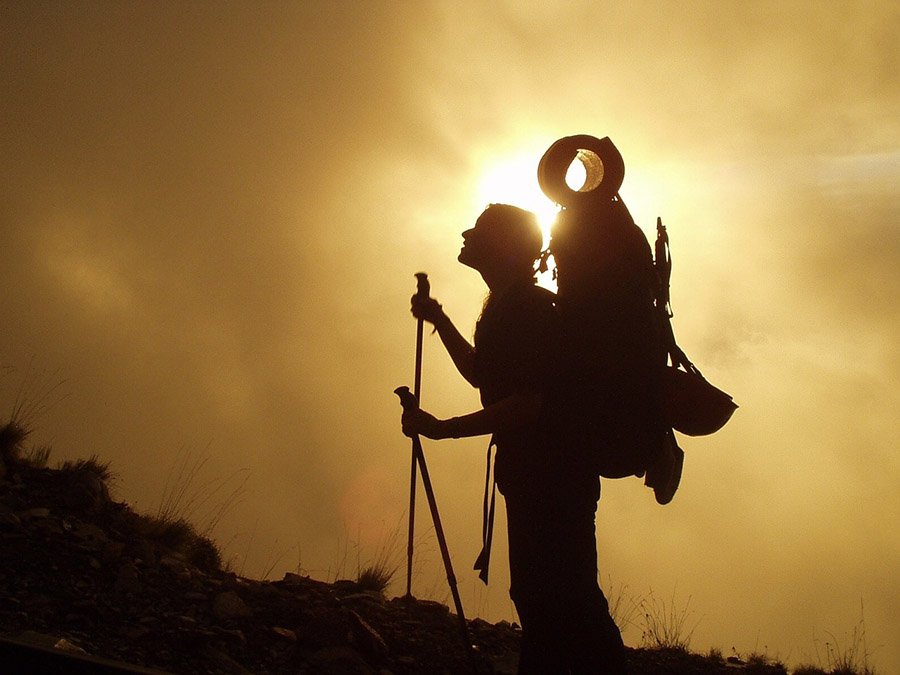
Advanced Trekking Pole Techniques
Mastering advanced techniques with trekking poles can significantly enhance your ability to tackle challenging terrain:
Steep Inclines and Declines
- Double Planting Method: On steep ascents, plant both poles in front of you and lean into them as you step forward. This technique provides extra stability and propulsion, making it easier to climb with less strain on your legs.
- Descending Technique: For steep declines, extend the poles slightly longer than the usual setting. Plant them firmly in front of you to create a stable brace that helps control descent and reduces impact on knees.
Crossing Streams
- Stability in Water: Use the poles to test the depth and stability of rocks or the riverbed before stepping. Plant one pole at a time in the direction you are moving for continuous support as you cross.
Benefits of Using Trekking Poles
Trekking poles are not just tools for balance—they provide substantial benefits that enhance overall hiking performance:
- Reduced Injury Risk: By distributing the load more evenly through the arms and upper body, trekking poles reduce the impact on your legs, knees, hips, and spine, which can lower the risk of injuries.
- Improved Endurance and Speed: Poles can increase your walking efficiency by allowing you to maintain a consistent rhythm and speed, especially on mixed terrain. This leads to better endurance over long distances.
- Physiological Benefits: Studies have shown that using trekking poles engages upper body muscles, providing a more complete body workout. Additionally, they can help increase cardiovascular benefits by involving more muscle groups.
Using trekking poles has transformed my hiking experiences. They help me maintain pace and reduce fatigue, which is essential during long treks. I’ve also noticed a significant reduction in joint pain and quicker recovery times since I started using poles.
Final Thoughts
From choosing the right poles to mastering advanced techniques for various terrains, trekking poles are invaluable tools for any hiker. They not only enhance your stability and safety but also boost your hiking efficiency and overall health benefits. As we’ve explored, whether you’re navigating steep slopes or crossing fast-flowing streams, trekking poles prove to be indispensable companions.
I really encourage you to integrate trekking poles into your regular hiking gear. Experiment with different techniques, adjust the poles to suit your terrain and body mechanics, and enjoy an improved hiking experience. Remember, the best way to truly appreciate the benefits of trekking poles is to use them consistently and mindfully.


